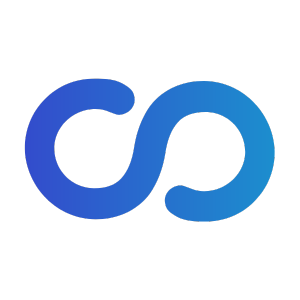Optimize Prescriber Engagement with Synchronous HCP and DTC Messaging
HCPs are busier than ever, and for marketers, this means they’re harder to reach and possibly even disconnected — 63% experienced at least one manifestation of burnout during the winter of 2021-22, compared to 38% in 2020.
HCPs are busier than ever, and for marketers, this means they’re harder to reach and possibly even disconnected — 63% experienced at least one manifestation of burnout during the winter of 2021-22, compared to 38% in 2020. Most practices denied pharmaceutical reps entry into offices during COVID and marketers responded by ramping up non-personal promotion efforts. However, three years later this tactic has backfired. Opt-outs are historically high as HCPs tune out advertisements built on messages that don’t resonate. Targeting HCPs without considering their preferences — including how they want to consume content, where they’re most likely to interact and what they’re most responsive to — results in low conversion as valuable campaigns go unseen. And aside from missing out on a real-time ROI opportunity, pharmaceutical companies lose twice, as HCP behavior that could drive the next based action is missed.
Instead of treating all HCPs the same, target based on their individual preferences and behavior. To start, marketers must be aware of how HCPs spend the majority of their day (hint: it’s not with patients). Doctors devote a median of 3.5 to 6 hours daily working in the electronic health record (EHR). A study by researchers from the Cerner Corporation (an EHR vendor) tracking 100 million patient visits to 155,000 U.S. physicians, found HCPs spend an average of 16 minutes in the EHR following every patient visit — as well as 11% of time “after-hours” (either on weekends or after 6 p.m./before 6 a.m.). Similarly, an American Medical Association study found that primary care physicians interact with EHRs for more than half of their workday. And, as 90% of practices are now equipped with EHRs, this is one of the most powerful tools to effectively engage physicians.
By displaying relevant ads within the EHR based on the NPI’s historic response to messaging across other channels, or recent diagnosis and prescribing patterns, it’s possible to capture a physician’s attention at the exact moment that matters with relevant messaging. Intercepting the patient and provider journey with a time-sensitive, applicable notification about a potential treatment or non-branded education enables a valuable targeting opportunity that’s likely to maximize ROI. Once this ad has been initially delivered where it’s most likely to resonate, a next best action can be taken in the HCP’s preferred digital channels such as programmatic, medical meetings, social, CTV or email, reinforcing the original message and serving as a valuable reminder.
Not only can marketers now unify omnichannel engagement for individual HCPs, but synchronous patient and provider messaging can be delivered at the point of care. This includes complementary messaging regarding access support, copay cards and patient resources, among other services. Once these promotions are seen by both parties, it’s likely to result in a meaningful conversation in real time. After being activated, simultaneous messaging is truly successful, as it has led to upward of a 20x ROI. Targeting patients and providers together can also be scaled, extending a promotion’s reach to thousands of practice locations, pharmacies and treatment centers in the U.S. Additionally, by using this technique, it’s possible to leverage hard-to-engage HCPs at restricted access facilities and HCPs affiliated with specific practices, hospitals or integrated delivery networks (IDNs) with messaging that will motivate adoption of a designated therapy.
Leveling-up omnichannel activation and including patients and providers at the point of care, when a conversation is most likely to result in action, is more strategic than blanketly spamming doctors with messages that aren’t relevant. To do so while they’re attentive only increases the potential for script lift. Engaging HCPs with an applicable message when they’re organically searching or browsing on mobile/web for sports, news, entertainment, etc., is the optimal way to convert. For example, Swoop elevated script lift for a leading melanoma therapy by 33% through a 1:1 HCP activation targeting priority oncologists.
At Swoop, we leverage our ability to create custom HIPAA-compliant, de-identified and privacy-safe patient audiences along with a proprietary data universe of the channel, message and call-to-action preferences of 1.7 million U.S. HCPs, enabling targeting with the most relevant message in their preferred digital channel.
Learn more about how to target HCPs to deliver synchronous messages across the omni channel ecosystem by visitingwww.swoop.com or contact us.

